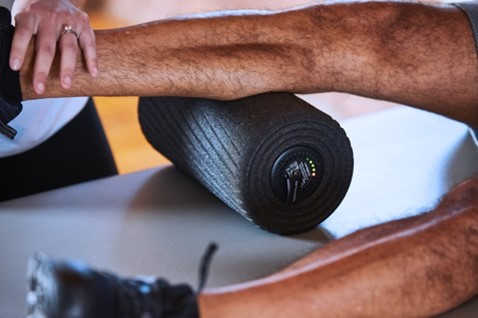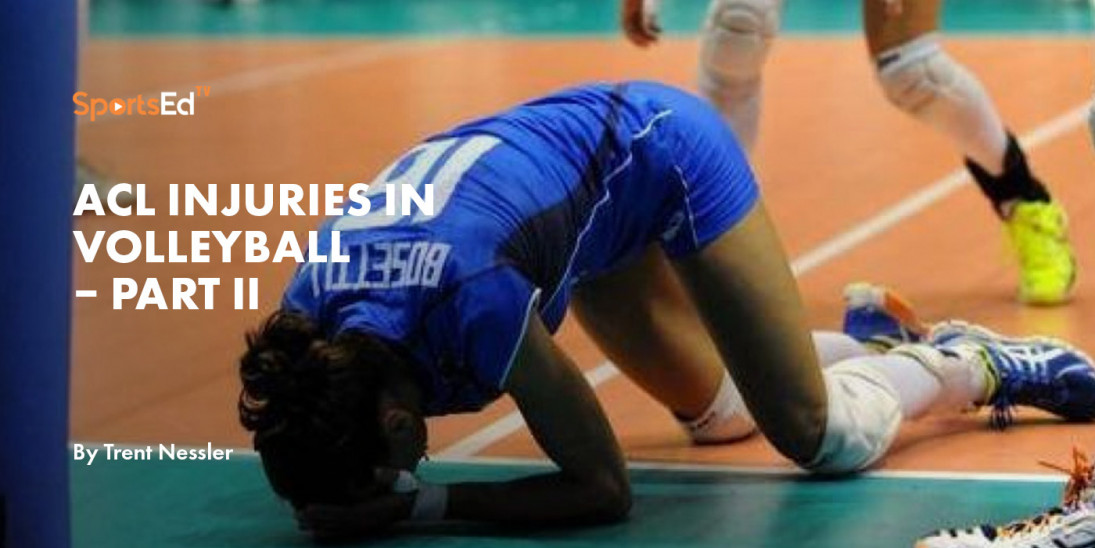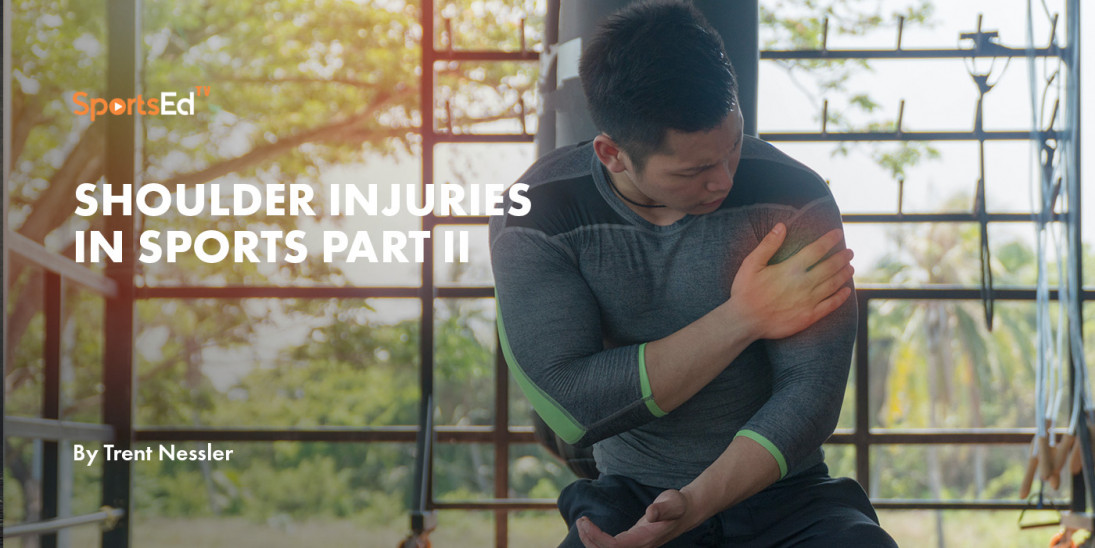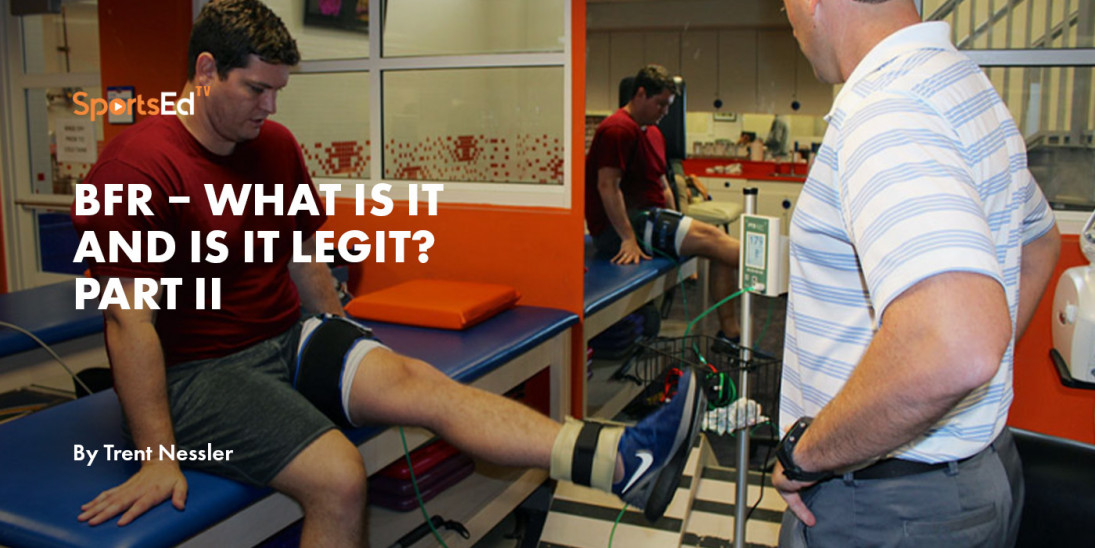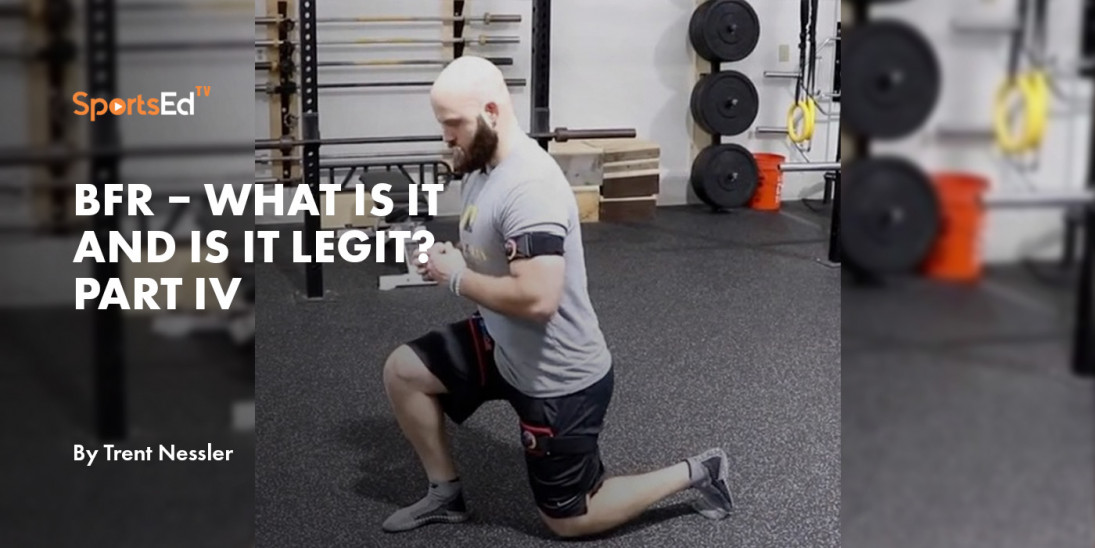Athletic Training, Health
Welcome and thanks for visiting...

Athletic Recovery Part III
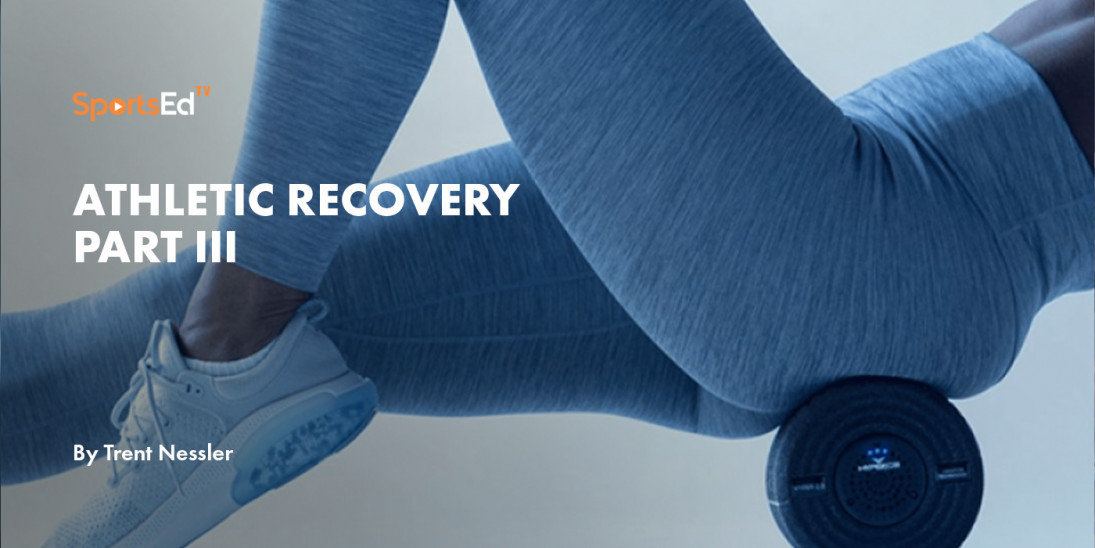

In our last blog, we continued our discussion of this concept of recovery. In the first blog, we talked about vasopneumatic compression devices that can be used not only for rehabilitation but also to speed up recovery and reduce delayed onset muscle soreness. Many teams and organizations have found that when they implement these devices as a regular part of their recovery routine, they see not only a reduction in musculoskeletal injuries but also an improvement in athletic performance. In the last blog, we talked about percussion guns and how these can be used to supplement your rehabilitation as well as your recovery following your workouts, practices, or games. I also personally spoke about how I would use these in a rehabilitation setting and how effective these were when combined with manual stretching. However, recovery is not simply about one device. A well-rounded recovery program includes multiple devices and specific routines by which these are used. Today, we want to look at the use of vibration devices for muscle recovery.
Foam rollers have been used for years by athletes to assist in their recovery as well as myofascial release. Athletes are often heard talking about “smashing” their IT band in order to create some mobility and or decrease pain. However, all too often, these devices tend to elicit a pain response, which results in a reflexive neuromuscular response for the muscles to tighten up and resist stretch. However, we do know that there are ways to trick the system to allow for better myofascial release without eliciting the pain response and, hence, provide greater elongation of the muscle. One way to do this is to combine vibration with these types of techniques and stretching. Vibration works down at the Golgi tendon organ or GTO level. It is the vibration of the efferent neurons at this level that allows for greater relaxation of the muscle and, hence, greater elongation and myofascial release. With individual variances among athletes, it is important to find a device that offers varying frequencies of vibration. There are also individual variances within the athlete depending on several factors, including hydration, muscle fatigue, and degree of muscle activity (muscle tone). Athletes with higher muscle tone will tend to require a lower frequency of vibration in order to get a similar response.
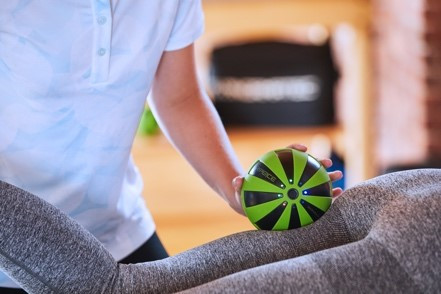

One particular vibration device that is commonly used is a vibrating roller. One such roller put out by Hyperice is called the Viper. The Viper is a stiff foam roller with multiple levels of vibration. Using this type of roller allows you to perform the same types of stretches with myofascial release in combination with vibration. What I've seen is that athletes report more comfort in addition to better results seen with an increase in range of motion and a decrease in delayed onset muscle soreness. There are other foam rollers on the market; however, just like percussion guns, they are all not treated the same. Often, what I find is that the cheaper models are less comfortable, have batteries that don't sustain a charge after a short period of time, or have internal parts that become loose and rattle within the device. As with any good piece of exercise equipment, you get what you pay for. When it comes to recovery, it is always advisable to look at not only the cost but also consumer reviews.

In addition to vibrating rollers, there are also other devices out there, like vibrating balls. Again, one example is the Sphere that is offered through hyperice. These come in multiple sizes and offer multiple frequencies of vibration. These devices are great for several different types of activities, including recovery, as well as use in rehabilitation or injury prevention exercises. From my recovery standpoint, these devices are great for trigger points. One example that these are often used for is those who have piriformis or deep gluteal pain. The smaller diameter of the sphere in the vibration is great for breaking up trigger points in this area. This is also a great device for those who develop periscapular (shoulder girdle) or lat trigger points. Again, with the small diameter of these balls in the vibrating technology, this is a great assistive device to help release trigger points when combined with pressure and a stretch.
These same devices can also be used for rehabilitation/injury prevention exercises. One common use for these types of devices is for shoulder rehabilitation. When combining this with resistance (the weight of the device) it provides even better stimulation for the rotator cuff as well as the scapular stabilizers. This is often used for treating rotator cuff injuries as well as those with labral tears or proximal bicep tears.
Recovery is an important part of every athletic program. When evaluating what you add to your recovery program these are just some of the considerations to evaluate. In addition, I would be remised if I did not point out the importance of proper nutrition as well as hydration as key components to a well-rounded recovery program.
Read more:

